Introduction
In the realm of culinary delights, few dishes evoke the warmth and comfort of a hearty stew quite like Lamb and Radish Stew. This timeless recipe, found in various forms across different cultures, combines the rich, earthy flavors of lamb with the crisp, slightly sweet notes of radishes. The result is a meal that is not only satisfying but also nutritious, making it perfect for cold winter nights or any time you crave a comforting, homestyle dish.
In this comprehensive guide, we will delve into the intricacies of preparing Lamb and Radish Stew, from selecting the best ingredients to perfecting the cooking process. Whether you’re a seasoned chef or a novice cook, by following these steps, you’ll be able to create a dish that will delight your taste buds and warm your soul.
Chapter 1: Ingredient Selection
The success of any stew lies largely in the quality of its ingredients. When it comes to Lamb and Radish Stew, here’s what you need to look for:
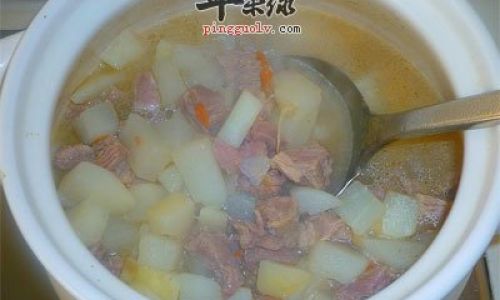
Lamb:
- Cut: Choose a cut that is suitable for slow cooking, such as lamb shoulder, neck, or shank. These cuts are typically tougher but become tender and flavorful when cooked for an extended period.
- Quality: Opt for grass-fed lamb if possible, as it tends to have a more robust flavor and is healthier due to its higher omega-3 fatty acid content.
- Freshness: Ensure the lamb is fresh, with a bright red color and a slightly moist surface. Avoid meat that has a dull appearance or a strong, unpleasant odor.
Radishes:
- Type: While any variety of radish can be used, larger, milder-flavored varieties like daikon or winter radishes are ideal for stewing. They hold their shape well and add a delightful sweetness to the dish.
- Freshness: Look for radishes that are firm, smooth, and without any soft spots or blemishes. Fresh radishes should have a crisp texture and a slightly spicy taste.
Aromatics and Seasonings:
- Onions, Garlic, and Ginger: These are the foundation of the stew’s flavor profile. Use fresh, firm onions; plump, juicy garlic cloves; and fresh ginger root for the best results.
- Spices: Consider adding a blend of spices such as cumin, coriander, paprika, and a hint of chili flakes for depth and warmth. Fresh herbs like rosemary, thyme, and parsley can also be used to enhance the aroma.
- Liquid: Good-quality stock or broth is crucial. Chicken or vegetable broth works well, but if you have homemade lamb broth, it will add an extra layer of flavor. Red wine can also be incorporated for a richer, more complex taste.
Vegetables:
- Carrots, Celery, and Potatoes: These vegetables add both texture and additional nutrients to the stew. Choose firm, fresh vegetables that are free of bruises or soft spots.
Chapter 2: Preparation Techniques
Before diving into the cooking process, proper preparation is key to ensuring your stew turns out perfectly.
Trimming and Cubing the Lamb:
- Trim any excess fat from the lamb to prevent the stew from becoming too greasy. Cut the meat into uniform cubes, about 1-2 inches in size. This ensures even cooking and allows the flavors to penetrate the meat evenly.
Preparing the Vegetables:
- Peel and chop the onions, carrots, celery, and potatoes into bite-sized pieces. Peel and slice the radishes if they are large. Mince the garlic and ginger finely to release their flavors more effectively during cooking.
Sautéing the Aromatics:
- In a large, heavy-bottomed pot or Dutch oven, heat a splash of olive oil over medium heat. Add the chopped onions, garlic, and ginger. Sauté until the onions are translucent and the aromatics are fragrant, about 5-7 minutes. This step is crucial for building the stew’s flavor base.
Chapter 3: Cooking the Stew
Now, it’s time to bring all the ingredients together and let the magic happen.
Browning the Lamb:
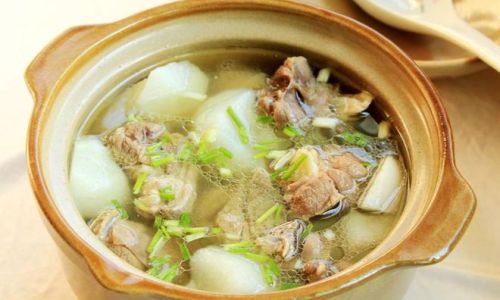
- Increase the heat to medium-high and add the cubed lamb to the pot, seasoning generously with salt and pepper. Brown the lamb in batches, if necessary, to avoid overcrowding the pot. This locks in juices and adds a delicious caramelized flavor to the stew.
Adding the Vegetables and Spices:
- Once the lamb is browned, return all the pieces to the pot. Add the chopped carrots, celery, and potatoes. Sprinkle with the selected spices and herbs, stirring to coat the vegetables and meat evenly.
Deglazing and Adding Liquid:
- Pour in a cup of red wine (if using) or broth, scraping up any browned bits from the bottom of the pot. This adds extra flavor to the stew. Then, add enough broth or stock to cover the ingredients by about an inch. Bring the mixture to a simmer.
Simmering:
- Reduce the heat to low, cover the pot, and let the stew simmer gently for about 2-3 hours, or until the lamb is tender and the vegetables are cooked through. If using daikon radishes, add them in the last 30-45 minutes of cooking to prevent them from becoming too soft.
Finishing Touches:
- Taste the stew and adjust the seasoning with salt and pepper as needed. If you prefer a thicker consistency, you can mash some of the potatoes against the side of the pot with a fork or ladle, or add a cornstarch slurry (mixed with a bit of cold water) to the stew and let it simmer for an additional 10 minutes.
- Stir in freshly chopped parsley or other herbs before serving for a burst of fresh flavor.
Chapter 4: Serving and Enjoying
Lamb and Radish Stew is a versatile dish that can be enjoyed in various ways.
Traditional Serving:
- Ladle the stew into bowls and serve with a slice of crusty bread to soak up the delicious juices.
Accompaniments:
- Pair the stew with a side of roasted vegetables, a green salad, or even a heaping scoop of mashed potatoes for a more indulgent meal.
Storage and Reheating:
- Leftovers can be stored in an airtight container in the refrigerator for up to 3 days. Reheat gently on the stovetop or in the oven to maintain the stew’s texture and flavor.
Conclusion
Lamb and Radish Stew is a dish that embodies the essence of comfort food. With its rich, savory flavors and tender, nutritious ingredients, it’s a meal that promises to nourish and delight. By following the steps outlined in this guide, you’ll be able to create a stew that is not only a culinary delight but also a testament to the art of slow cooking. So, gather your ingredients, roll up your sleeves, and embark on a culinary journey that will leave you with a warm, satisfying meal and a sense of accomplishment. Happy cooking!
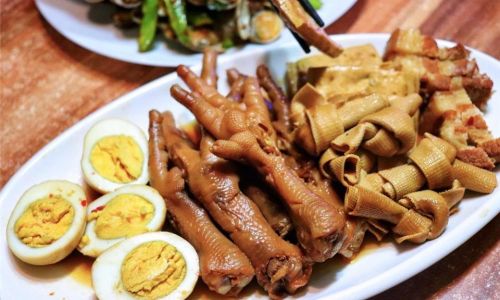

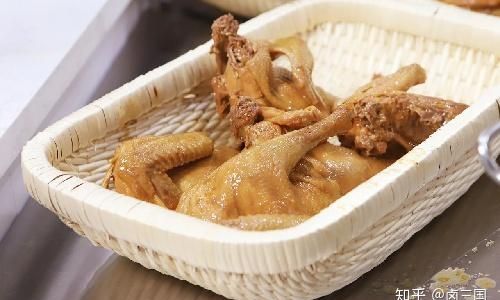
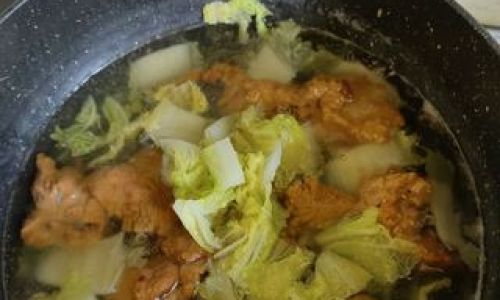
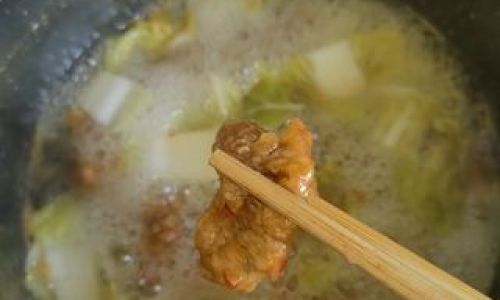
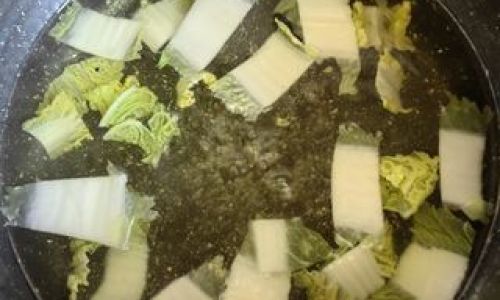
0 comments